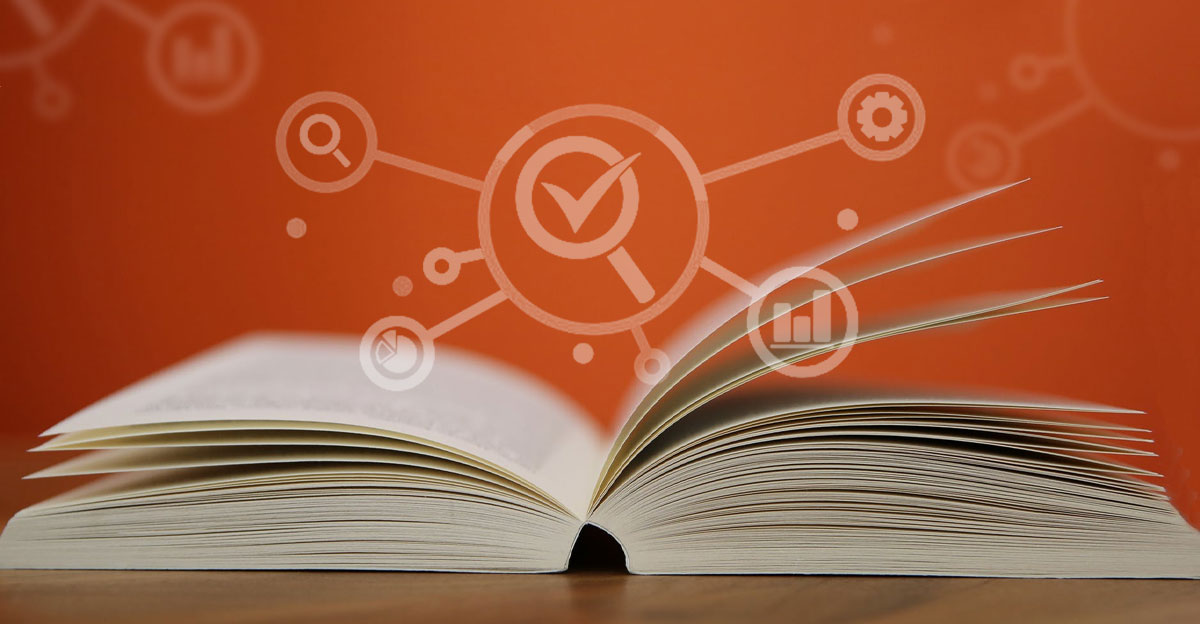The scientific journals that postulate themselves for the ingress to an indexing system of regular publication must accomplish with a relevant number of editorial quality criteria so that they can be considered for their inclusion.
Generally, not all the criteria are obligatory, so the absence of some of them will not determine their exclusion from these systems.
Nevertheless, the publication of some of these criteria constitutes a good editorial practice of the scientific journal.
Some criteria that are cataloged under this classification are mentioned:
- Use of DOI (Digital Object Identifier), in each of the documents published in the journal. Its use allows the original localization and identification of every document regardless of the site. It is recommended to add this information on the first page of the article and, if it goes through a tagging or cataloging process, to be taken into account as part of the document’s metadata.
- Indicate the date of the article’s publication. When the fascicle is published in a group, the date of publication indicated will be the same for every article. But this criterion has a relevant value when the fascicle has a regular publication, so that every article will have a different publication date. The presence of this datum will allow to determine in a practical way the time of the evaluation processes and the publication of an article.
- To allow the author to upload his article in some self-archiving system or in the institutional repository that corresponds. The journal will determine the moment (when the article is sent, when the work is accepted, in the moment of the publication) in which the author will be able to make this upload and the version (pre-print version without evaluating and/or post-print editorial version) that he will be able to use. This practices allows the adjudication of the scientific article to the author’s affiliation institution, who will generally seek to publish in scientific journals from other institutions. Uploading is not publishing, so this will not infringe the principle of original and unpublished which is an obligation for every document.
- Use of the bibliographic letterhead, with the journal’s data: volume, number, year and ISSN, in every page of the article. Through the specialized search engines, the scientific articles are recovered independently from this, so the presence of these data in every page of the article allows establishing the relation with the journal and the number where it was published.
- As a complement of the previous point, the use of the How to edit section is suggested, indicating the author’s name, title of the work, journal in which it is published, volume, number, year and DOI (if needed), in every article, which makes easier the referential use of this at the moment of its quoting.
- The request for a specific quoting rule, which ensures the moralized presentation of the bibliographic references in each of the scientific articles. This practice allows a more fluid revision to the editorial team of the journal, and minimizes the errors in the publication.
- Adhering to a Code of Ethics and Good Practices will allow the journal and its authors to be clear about those not accepted practices, which may be considered as harmful for any person involved in the publication of the scientific article. An example of this can be considered the position that the journal will assume if plagiarism is detected in the article to be publish or published.
The compliance of these criteria does not ensure the indexing to the journal, but it will give the journal additional values of reliability, seriousness and adaptation to new tendencies, which will make more attractive for the authors to search where to publish the results of their researches.


Leave a Reply